
Sodium cyanide (NaCN) is an important basic chemical raw material, which is widely used in fields such as gold mine extraction, electroplating, and the synthesis of pharmaceutical intermediates. Its Production Process has undergone more than a hundred years of technological iterations, and currently, an industrial system dominated by the synthesis method has been formed. This article will systematically sort out the mainstream production processes of Sodium Cyanide and their technological progress, and discuss the future development directions.
I. Evolution of Sodium Cyanide Production Processes
1. Early Processes (Late 19th Century - Mid-20th Century)
In the early days, the production of sodium cyanide mainly relied on the extraction from natural resources. For example, the "cyanidation process for gold extraction" invented in 1887 extracted cyanides by processing cyanide-containing plants (such as bitter almonds). However, this method was inefficient, costly, and difficult to meet the needs of industrialization. In the early 20th century, the German chemist Friedrich Kahlbaum developed the cyanide melt method, which prepared Sodium cyanide by reacting calcium cyanide with sodium carbonate. Due to the low cost of raw materials and the simplicity of the process, this process became the mainstream technology in the early days.
2. The Rise of the Synthesis Method (Mid-20th Century to the Present)
With the development of the petrochemical industry, the synthesis method has gradually replaced traditional processes. Currently, more than 90% of sodium cyanide globally is produced using the following three synthesis processes:
Andrussow Process
Using methane, ammonia, and oxygen as raw materials, an oxidation reaction occurs under the action of a platinum-rhodium alloy catalyst:

The generated hydrogen cyanide (HCN) gas is absorbed by sodium hydroxide to obtain a sodium cyanide solution. This process has the advantages of low-cost raw materials and fast reaction rates, but the high temperature (1000 - 1200°C) and the use of precious metal catalysts result in high costs.
Light Oil Pyrolysis Method
Using light oil (such as naphtha) as the raw material, HCN is generated through pyrolysis at a high temperature (1400 - 1500°C), and the subsequent treatment is similar to that of the Andrussow process. This process is suitable for large-scale production but has extremely high energy consumption and produces a large amount of carbon black as a by-product.
Methanol Ammonia Oxidation Method
Using methanol, ammonia, and air as raw materials, HCN is generated under the action of a catalyst (such as V₂O₅-MoO₃):

This process has low raw material costs and mild reaction conditions (400 - 500°C), and it has gradually become the preferred choice for newly built production capacities.
II. Technological Progress and Innovation Directions
1. Development of Green Processes
Traditional processes have problems of high energy consumption and high pollution. In recent years, researchers have explored the following green technologies:
Biosynthesis Method
Using microorganisms (such as Pseudomonas) to catalyze the hydrolysis of nitrile compounds to generate Cyanides, but it is still in the laboratory stage.
Electrochemical Synthesis
Recycling sodium cyanide by electrolyzing cyanide-containing wastewater to achieve resource recycling, but the current efficiency and cost need to be further optimized.
2. Intelligent Control and Safety Technologies
The production of sodium cyanide involves highly toxic substances, and safety control is of vital importance. Modern factories generally use a Distributed Control System (DCS) to achieve fully automated monitoring of the entire process, and introduce online spectral analysis technology to monitor the HCN concentration in real-time, reducing the risk of leakage.
3. Circular Economy Model
Improve resource utilization through co-production technologies. For example, the carbon dioxide by-produced in the Andrussow process can be used for the production of urea, and the carbon black produced in the Light Oil Pyrolysis Method can be used as a rubber reinforcing agent, forming a closed-loop industrial chain of "resources - products - waste - recycled resources".
III. Challenges and Future Trends
1. Fluctuations in Raw Material Costs
The Andrussow process and the methanol method rely on natural gas (methane) and coal (as the raw material for methanol). Fluctuations in international energy prices directly affect production costs. Developing non-fossil raw material routes (such as biomass to methanol) is a hot research topic in the future.
2. Escalating Environmental Protection Pressure
With the tightening of global environmental protection regulations, the production of sodium cyanide needs to further reduce the emissions of nitrogen oxides (NOx) and cyanide-containing wastewater. Membrane separation technology, catalytic oxidation denitrification, and other processes have been piloted in some factories.
3. Expansion of High-End Applications
The demand for high-purity sodium cyanide (purity ≥ 99.9%) in the synthesis of cathode material precursors for lithium-ion batteries is growing rapidly, promoting the upgrading of the production process towards refinement and high purity.
Conclusion
The development of sodium cyanide production processes has always evolved around the three major goals of "safety, efficiency, and greenness". In the future, with the breakthroughs in new energy and environmental protection technologies, as well as the deep integration of digital manufacturing, the sodium cyanide industry will continue to optimize in the direction of lower energy consumption, less pollution, and higher added value.
- Random Content
- Hot content
- Hot review content
- OCCUPATIONAL HEALTH & SAFETYMANAGEMENT SYSTEM CERTIFICATE
- Flexible Customer and Supplier Relations Specialist:Location: Laos
- Sodium Peroxide
- Ammonium Persulfate Industrial Grade 98.5%
- Phosphoric Acid 85% (Food grade)
- Sodium sulphate 99% Pharmacy Grade
- 2-Hydroxyethyl acrylate (HEA)
- 1Discounted Sodium Cyanide (CAS: 143-33-9) for Mining - High Quality & Competitive Pricing
- 2China's New Regulations on Sodium Cyanide Exports and Guidance for International Buyers
- 3Sodium Cyanide 98% CAS 143-33-9 gold dressing agent Essential for Mining and Chemical Industries
- 4International Cyanide(Sodium cyanide) Management Code - Gold Mine Acceptance Standards
- 5China factory Sulfuric Acid 98%
- 6Anhydrous Oxalic acid 99.6% Industrial Grade
- 7Oxalic acid for mining 99.6%
- 1Sodium Cyanide 98% CAS 143-33-9 gold dressing agent Essential for Mining and Chemical Industries
- 2High Quality 99% Purity of Cyanuric chloride ISO 9001:2005 REACH Verified Producer
- 3Zinc chloride ZnCl2 for High Molecular Weight Polymers Initiator
- 4High Purity · Stable Performance · Higher Recovery — sodium cyanide for modern gold leaching
- 5High Quality Sodium Ferrocyanide / Sodium Hexacyanoferr
- 6Gold Ore Dressing Agent Safe Gold Extracting Agent Replace Sodium Cyanide
- 7Sodium Cyanide 98%+ CAS 143-33-9

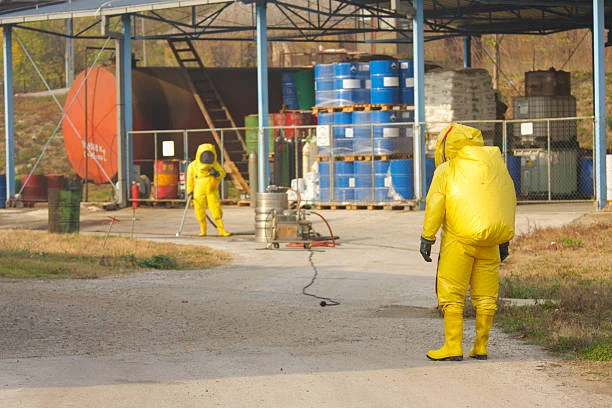
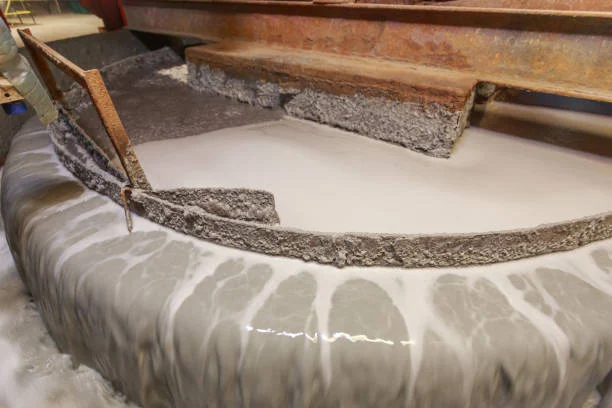
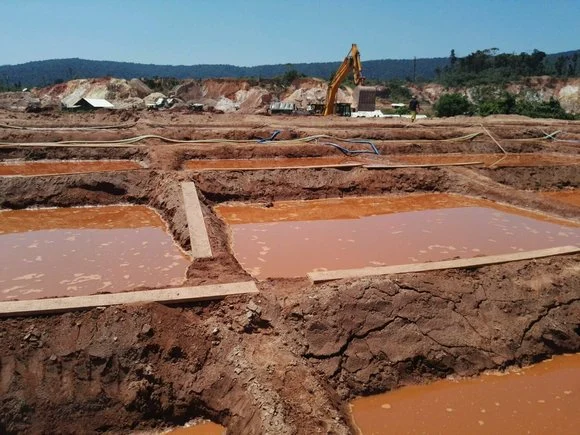

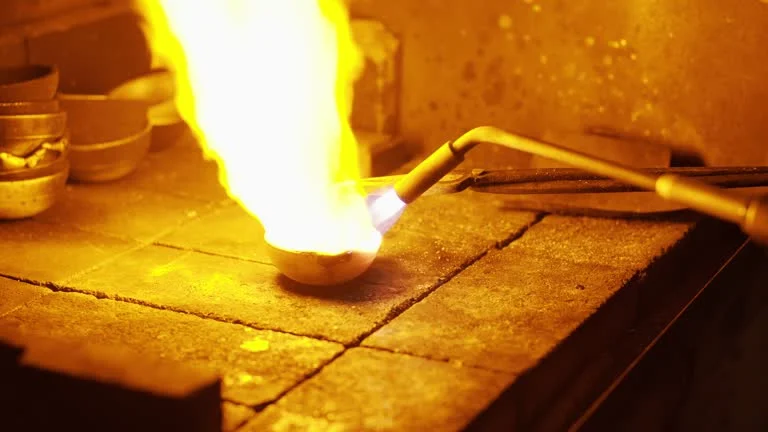
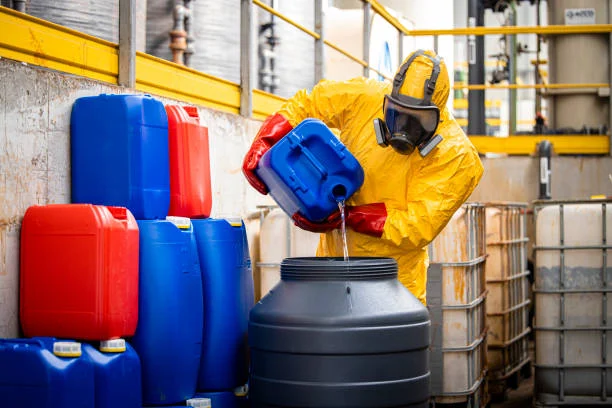
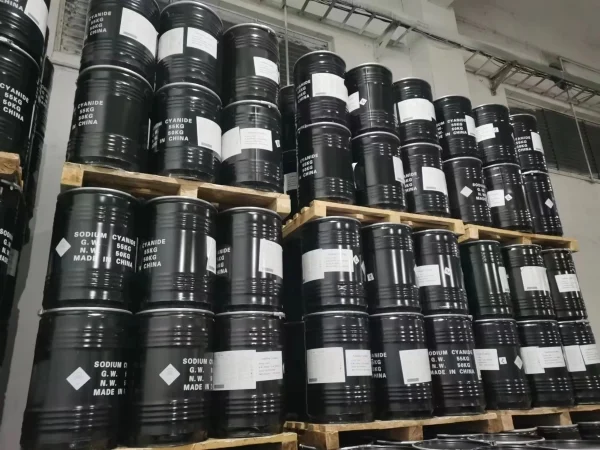



Online message consultation
Add comment: